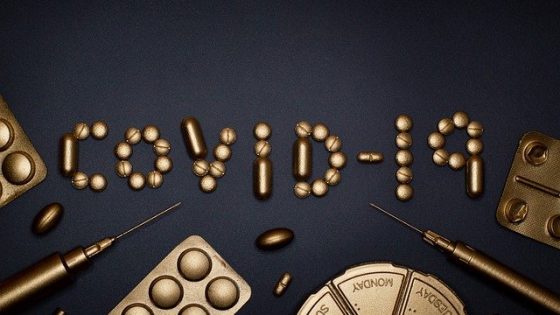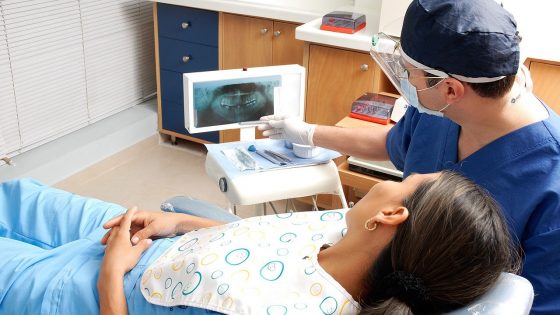A rare genetic condition that affects many parts of the body, especially the skin, heart, inner ear, and genitals. It is marked by small, dark brown spots on the skin called lentigines, which usually appear on the face, neck, and upper body by age 4 or 5 years. The number of lentigines may increase to the thousands by puberty. Other signs and symptoms of this condition include heart defects, unusual facial features, genital abnormalities, and shorter-than-average height. People with this syndrome may also have hearing loss, an abnormally shaped chest, extra folds of skin on the back of the neck, mild learning problems, and fertility problems. Noonan syndrome with multiple lentigines is a type of disease called a RASopathy that is caused by mutations (changes) in the PTPN11, RAF1, BRAF, or MAP2K1 gene. These genes make proteins involved in a cell signaling pathway that controls many important cell functions. Noonan syndrome with multiple lentigines is sometimes called LEOPARD syndrome.
Search the Glossary of Medical Terms
Sign up for the QuackTrack.org newsletter below!













